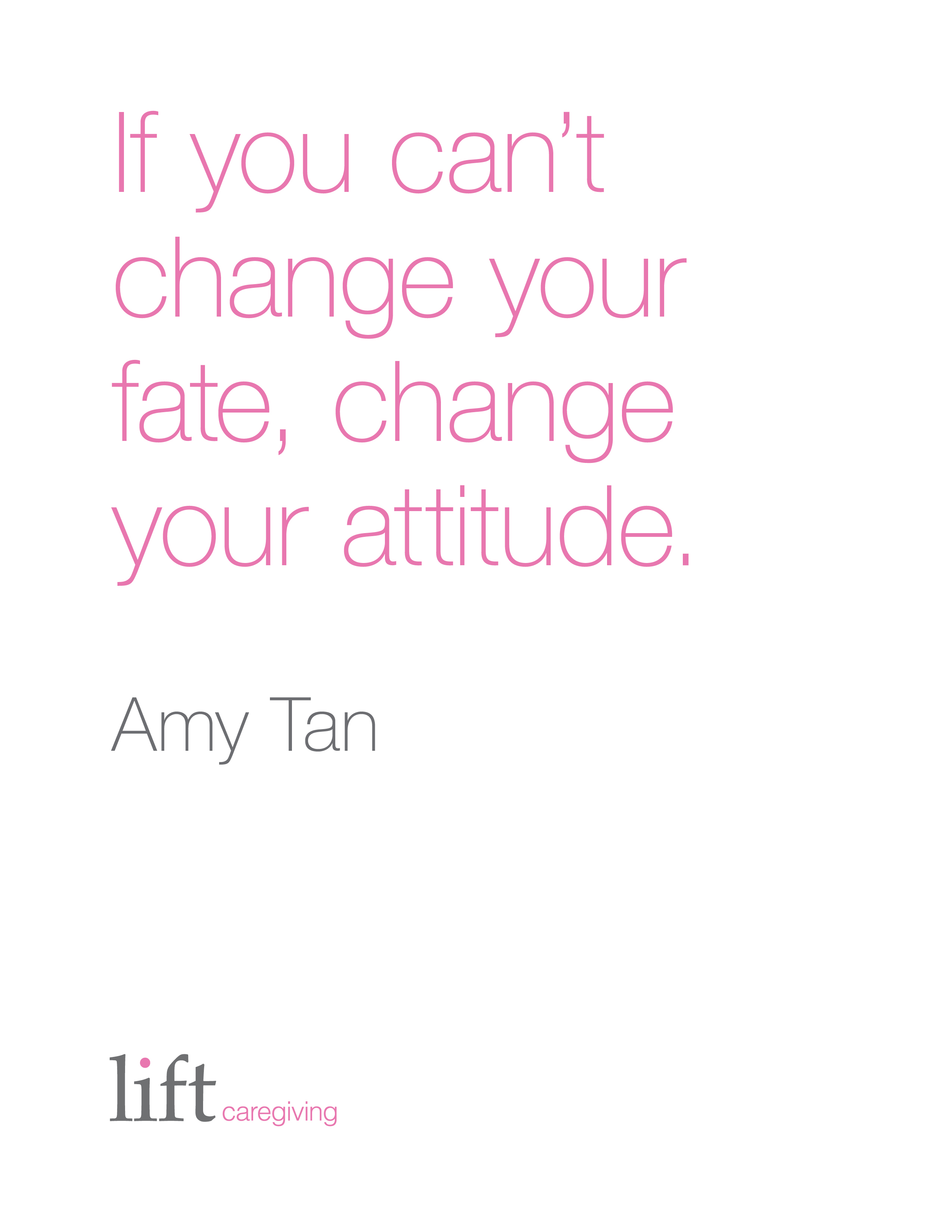Caversham Health And Fitness Biography
Source Google.com.pk
Start a Workplace Walking Group
Would you be more likely to partake in a lunchtime walk if your co-workers joined in? Workplace walking groups tap into the power of social support to help employees get active and stay active. And they’re popping up at job sites everywhere.
Ask Around
Conduct an informal survey of employees — find out just how many are interested, when they’re available to walk, for how long, and which days work best.
Due Diligence
Give your Human Resources (HR) representative — and your manager — a heads-up. Let them know that employees are interested in forming break-time walking groups and ask if there are any concerns or considerations. You’ll need your manager’s thumbs-up to take on this project, and employees may need to sign a liability waiver to participate in onsite or company-sponsored physical activity. HR departments are usually glad to help promote employee health and wellness, and often have effective avenues for getting the word out about special events and programs — they can even get the company’s health benefit vendors on board to help spread the word. Partnering with your HR staff and manager will help ensure that your walking program successfully gets off the ground.
How Walkable is Your Workplace?
Assessing the walkability of your workplace is another essential step prior to launch. The Centers for Disease Control and Prevention offers a free Workplace Walkability Audit to help you identify ways to make walking at your job site safer and more desirable. The audit addresses availability of sidewalks and trails, visibility, footpath obstacles, and more. It’s a great place to start. Your facilities manager may be willing to help conduct the audit — and coordinate improvements.
Invite Input
Cultivate a sense of ownership for the program among your co-workers by asking them to share ideas when you’re in the planning stage. You’ll need a program name, structure, and ways to promote it to your workplace population. Solicit input from all levels of your organization, from front-line workers to managers and directors. Establishing employee focus groups is one way to do it. Walking ambassadors could be identified in each department — to represent colleagues and serve as walking program advocates. If there’s already a system of representation in place, consider piggy-backing the walking program onto it instead of re-inventing the wheel.
Identify Routes
Making established routes available to employees will make workplace walking more appealing and convenient. Use a free online tool like MapWalk™ to easily map routes near your job site — and create a database of routes. Ask employees to share their favorite routes.
Evaluate
To garner ongoing leadership support, set up a way to evaluate the program before it begins — another opportunity to collaborate with HR. Tracking baseline measures like health care costs, productivity (such as absenteeism) and employee satisfaction prior implementing a walking program as a part of an integrated wellness program will allow you evaluate your population’s progress and the effectiveness of your efforts over time.
Hold a Kickoff Event
Jump-start your walking program with a kickoff celebration —in conjunction with open enrollment or another scheduled company-wide event. Look to your community for creative ways to get employees excited. A certified personal trainer may be willing to offer a lunchtime seminar on Walking for Fun and Fitness; a local shoe store might raffle off a pair of walking shoes; a podiatrist could provide free onsite foot pain consultations. Make it a fun opportunity for everyone to learn more about how to get started with walking, and why — and get them signed up.
A Walking Challenge
To drum up even more interest, hold periodic walking challenges — they don’t have to be complicated or expensive. Competitive people within your organization are just waiting for a chance to get out there and show their stuff. Have employees track steps (using pedometers), miles, or walking time as individuals or teams — and award the winners plenty of recognition and bragging rights.
Warm Up to Work Out
Suppose you were told that you only had to add an extra five to 10 minutes to each of your workouts to prevent injury and lessen fatigue. Would you do it?
Most people would say yes. Then they might be surprised to learn that they already know about those few minutes, which are called a warm-up. If done correctly, a pre-exercise warm-up can have a multitude of beneficial effects on a person’s workout and, consequently, his or her overall health.
What happens in your body?
When you begin to exercise, your cardiorespiratory and neuromuscular systems and metabolic energy pathways are stimulated. Muscles contract and, to meet their increasing demands for oxygen, your heart rate, blood flow, cardiac output and breathing rate increase. Blood moves faster through your arteries and veins and is gradually routed to working muscles.
Your blood temperature rises and oxygen is released more quickly, raising the temperature of the muscles. This allows the muscles to use glucose and fatty acids to burn calories and create energy for the exercise. All of these processes prepare the body for higher-intensity action.
Specifically, a gradual warm-up:
Leads to efficient calorie burning by increasing your core body temperature
Produces faster, more forceful muscle contractions
Increases your metabolic rate so oxygen is delivered to the working muscles more quickly
Prevents injuries by improving the elasticity of your muscles
Gives you better muscle control by speeding up your neural message pathways to the muscles
Allows you to comfortably perform longer workouts because all of your energy systems are able to adjust to exercise, preventing the buildup of lactic acid in the blood
Improves joint range of motion
Psychologically prepares you for higher intensities by increasing your ability to focus on exercise
Where to Begin
Your warm-up should consist of two phases:
Progressive aerobic activity that utilizes the muscles that you will be using during your workout
Flexibility exercises
Choosing which warm-up activity to use is as easy as slowing down what you will be doing during your workout. For example, if you will be running, warm up with a slow jog, or if you will be cycling outdoors, begin in lower gears. An ideal intensity for an aerobic warm-up has yet to be established, but a basic guideline is to work at a level that produces a small amount of perspiration but doesn’t leave you feeling fatigued. The duration of the warm-up activity will depend on the intensity of your workout as well as your own fitness level.
After the aerobic warm-up activity, you should incorporate flexibility/stretching exercises. Stretching muscles after warming them up with low-intensity aerobic activity will produce a better stretch, since the rise in muscle temperature and circulation increases muscle elasticity, making muscles more pliable. Be sure to choose flexibility exercises that stretch the primary muscles you will be using during your workout.
Make the Time
To fully reap the benefits of the time you are spending exercising, you must warm up. Taking those extra few minutes to adjust to increased activity will ensure a better performance from your body and, in turn, will make your workout more efficient, productive and, best of all, enjoyable.










No comments:
Post a Comment